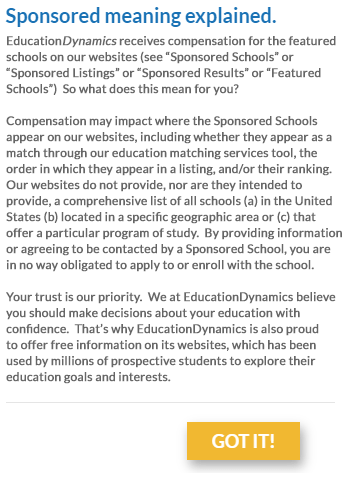Regionally Accredited Online Colleges
In today’s landscape, it’s crucial to guarantee your selection of an online college holds regional accreditation. By preemptively verifying a school’s accreditation, you steer clear of the potential scenario where your earned credits encounter roadblocks when attempting to transfer. Even more concerning would be the realization that your hard-earned degree isn’t acknowledged by your employer.
TYPES OF ACCREDITATION
Accreditation comes in two distinct flavors: institutional and programmatic. Institutional accreditation assesses whether the college as a whole meets specific standards, whereas programmatic accreditation ensures that a particular program aligns with the industry-specific benchmarks.
In the accreditation realm, there’s a further breakdown into national and regional categories. National accreditation is commonly adopted by institutions aiming to fast-track students into their chosen careers. This category encompasses technical, vocational, and religious schools. It’s important to note that transfer credits from nationally accredited institutions may not receive widespread recognition among regionally accredited colleges and universities.
Regional accreditation, on the other hand, stands as the gold standard, enjoying recognition from most traditional higher education institutions. Consequently, it garners broader acceptance. While both national and regional accreditation are endorsed by the U.S. Department of Education, regional accreditation facilitates smoother credit transfers among institutions with the same regional accreditation.
| School | Agency |
| Colorado Technical University | Higher Learning Commission |
| Strayer University | The Middle States Commission on Higher Education |
| Southern New Hampshire University | New England Commission of Higher Education |
| Liberty University | Southern Association of Colleges and Schools Commission on Colleges |
| Purdue Global University | Higher Learning Commission |
| Grand Canyon University | Higher Learning Commission |
Sponsored Schools
WHY IS ACCREDITATION IMPORTANT?
Accreditation holds immense significance in the realm of higher education, playing a pivotal role for both students and universities alike. It serves as a quality assurance mechanism, signifying that a college or university meets rigorous and established standards. Beyond this fundamental purpose, accreditation serves as a guiding light for various aspects within the educational landscape. According to the US Department of Ed, college accreditation is used by both students and universities to:
- Verify that a college or university meets established standards.
- Help students identify acceptable colleges or universities.
- Allow colleges and universities determine the acceptability of transfer credits.
- Set goals to raise the standards among educational institutions.
- Establish criteria for professional certification and licensure and for upgrading courses offering such preparation.
- Set a basis for receiving federal financial aid.
You can check your school’s accreditation by visiting the following:
- Middle States Commission of Higher Education
- Northwest Commission of Schools & Colleges
- North Central Association of Colleges & Schools
- New England Association of Schools & Colleges
- Southern Association of Colleges & Schools
- Western Association of Schools & Colleges
To check distance learning accreditation, visit:
Beware of these phrases when considering a school’s accreditation:
- “Pursuing Accreditation”
- “Chartered”
- “Licensed”
- “Registered”
- “Recognized”
- “Approved”
These terms do not necessarily mean a school is accredited. To verify regional accreditation of a school, visit the CHEA.
Financial Aid Info
- Your Guide to Federal Student Loans
- Grants and Scholarships
- Military Benefits
- Private Student Loans
- Repaying Student Loans
- Student Loan Consolidation
- Education Tax Credits | AOTC & LLC
- 15 Military Scholarships to Apply For in 2023
- Grad School Scholarships
- 12 Graduate Scholarships for DACA Students in 2025
- Graduate Scholarships for International Students
- Grants for Women
- Guide Schools & Scholarships for Students with Disabilities
- Guide Tribal Colleges and Scholarships for Native Americans
- 8 Adult Scholarships for Adults Returning to School
- How to Earn Credit for College with Life Experience
- The Psychology of Lying
- 36 Companies That Pay For College
- FAFSA: Parent and Student Assets
- How Do You Get Student Loans Without a Job?


